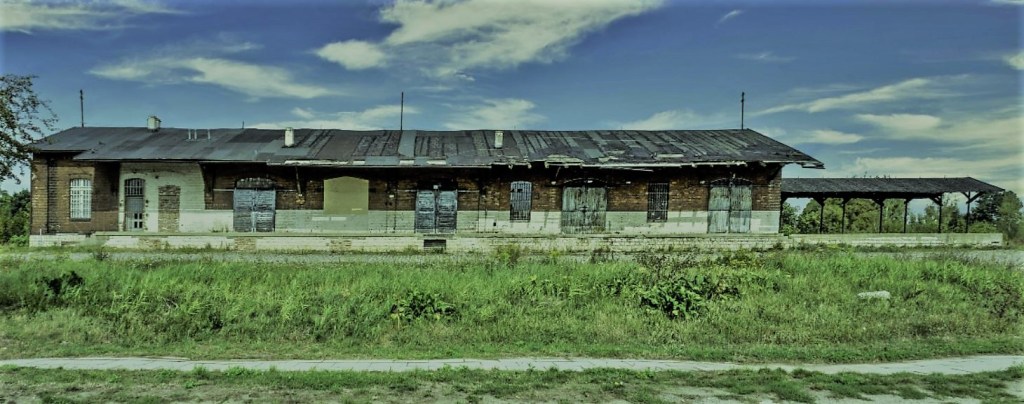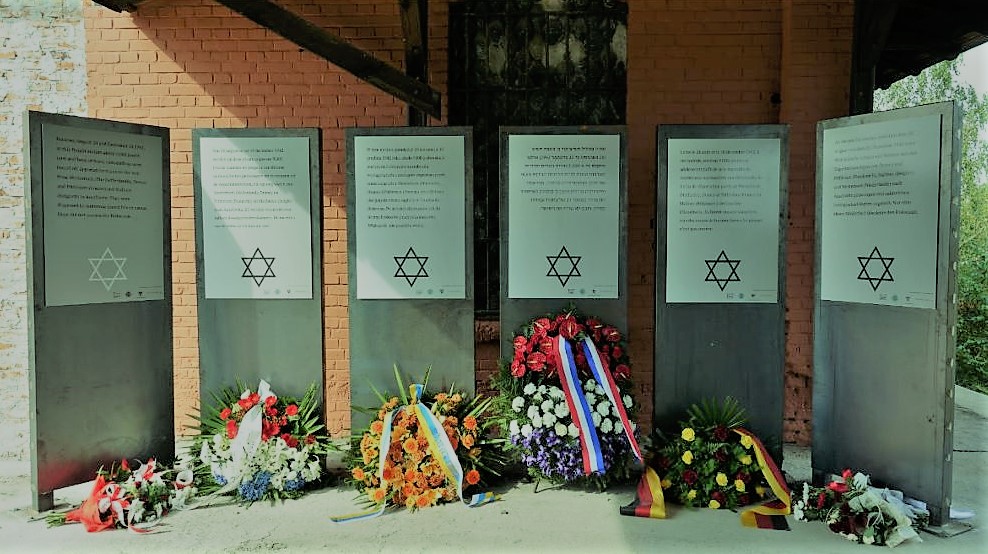
Before I go into the story of the men, who were put on slave labour by the Nazi regime, I will have to explain what ‘Limburg’ is .Limburg is a province in the southeast of the Netherlands and the northeast of Belgium.

I was born and grew up in the Dutch side of Limburg. The most populated part is the south of the Dutch Limburg, it is also the part that looks completely different then the rest of the Netherlands. There are actually hills there.
The first mass arrest of Jews from Limburg took place on August 25, 1942. Jews under the age of sixty received a call on August 24 to report for “labour-increasing measures”. They were to gather a day later in a school building at the Prof. Pieter Willemsstraat 39 in Maastricht. The summoned Jews therefore had one day to go into hiding or to get a reprieve. Less than 300 instead of the planned 600 people left for Camp Westerbork. Most of the detainees were transported to the East on 28 August. This was the first deportation train to stop in Cosel. Men between the ages of 16 and 50 were taken off the train and taken to Jewish labor camps. Most of the women, children and men between the ages of 50 and 60 were gassed on August 31, 1942 in Auschwitz.
Although I am a native of the province, I was not aware of the fate of these people.
Not all deportation trains with Dutch Jews went directly to the extermination camps and gas chambers. Between August 28 and December 10, 1942, some of the trains to Auschwitz-Birkenau made a stopover in Silesian Cosel (present-day Poland). Here almost all men between the ages of 15 and 55 had to get off the train at the freight station. Where they were put to work.
On 24 August 1942, six hundred Limburg Jews were issued a call-up card by the Dutch police, the municipal police or a constable. They were all under the age of sixty and had to report to the assembly point at the public school on Professor Pieter Willemsstraat in Maastricht the next day.

Only half of them showed up. The group was taken to Camp Westerbork and was largely deported on August 28, 1942. They were part of the first Cosel transport. Another 17 Cosel transports from the Netherlands would follow. Also 21 transports from France and Belgium stopped in Cosel.
The train stopped on August 29 in Cosel, about a thousand kilometers from Westerbork .About 170 men, 75 of whom are Limburgers, were pushed out of the train while being yelled and cursed at . A selection followed, and those who were not been deemed fit for work had to get back on the train. The train continued the journey to Auschwitz ,when it arrived on August 30,1942, the majority were murdered in the gas chambers.
The Limburg men who left Westerbork on August 28 were put on trucks in Cosel and ended up in Camp Sakrau, from where they went to various other camps in the region. Conditions in these camps were very different. The work was very hard, some of the Jewish men died from hunger, exhaustion, illness or accidents.
Abraham Spiero, a survivor who survived a later transport said about the ordeal:
“The train stopped in Cosel. That was a terrible thing there. Humanity stopped here. We, the men up to 50 years old, all had to sit down squatting. When the train had driven away, we were loaded onto trucks like animals.”
The men of the other 17 Cosel transports also ended up in a network of 177 camps near factories and construction sites. Some 1,500 forced laborers make fighter planes and war machinery, they worked in Krupp’s metalworks or IG Farben’s chemical plants.

Others were forced to work in the construction of railways and highways. Which was a big money earner for the German state and the companies.
The men who were no longer able to work were sent to Auschwitz-Birkenau, where they were gassed.
At the end of April 1943, most of the survivors were sent to Camp Blechhammer. Also father Pinehas Gans and son Philip Gans. They both came from the transport of November 2, 1942. Pinehas and Philip survived for a long time, and end up together in Camp Blechhammer. But when the camp is evacuated on January 21,1945 ,the prisoners are marched to Camp Gross-Rosen by foot. During the march or shortly after arrival at Gross Rosen both Gans men are murdered, on February 5,1945.

In January 1945, of the ten thousand French, Belgian and Dutch forced laborers selected in Cosel, about two thousand were still alive. Most are in Camp Blechhammer. Eventually, only 873 men survive, less than ten percent of the men who got off at Cosel. The survival rate of the Dutch is even less, of the 3400 Dutch on the Cosel transports, 193 men survived. This also applied to the Limburg men who started their journey in Maastricht on 25 August 1942. Eleven of the 170 men of this first transport survived the forced labour.
On initiative of some people from Limburg there was finally a plaque unveiled at September 2, 2016 near the former goods store station of pre-war Cosel (Poland) and this as a remembrance of the so called Cosel Transports.

sources
https://www.oorlogsbronnen.nl/artikel/transport-naar-cosel-limburgse-joden-op-weg-naar-de-ondergang
https://www.tracesofwar.com/sights/100746/Memorial-Cosel-Transports.htm

Donation
Your readership is what makes my site a success, and I am truly passionate about providing you with valuable content. I have been doing this at no cost and will continue to do so. Your voluntary donation of $2 or more, if you are able, would be a significant contribution to the continuation of my work. However, I fully understand if you’re not in a position to do so. Your support, in any form, is greatly appreciated. Thank you. To donate, click on the credit/debit card icon of the card you will use. If you want to donate more than $2, just add a higher number in the box left from the PayPal link. Your generosity is greatly appreciated. Many thanks.
$2.00

Leave a reply to dirkdeklein Cancel reply